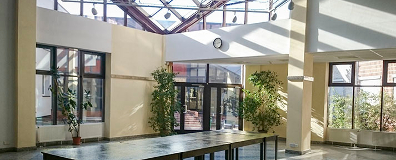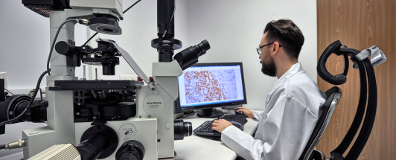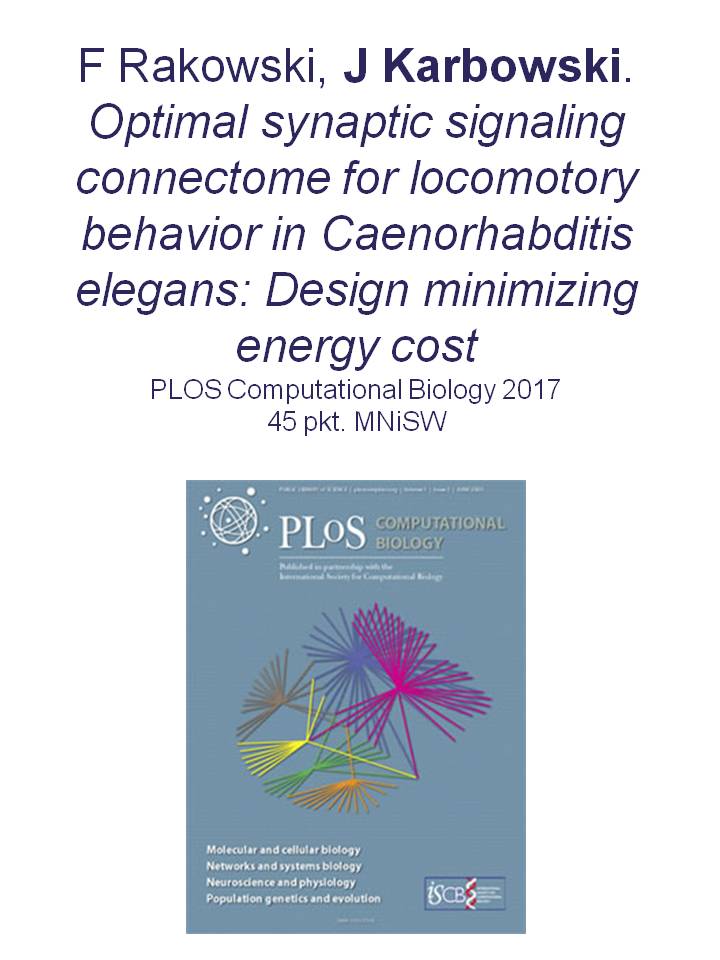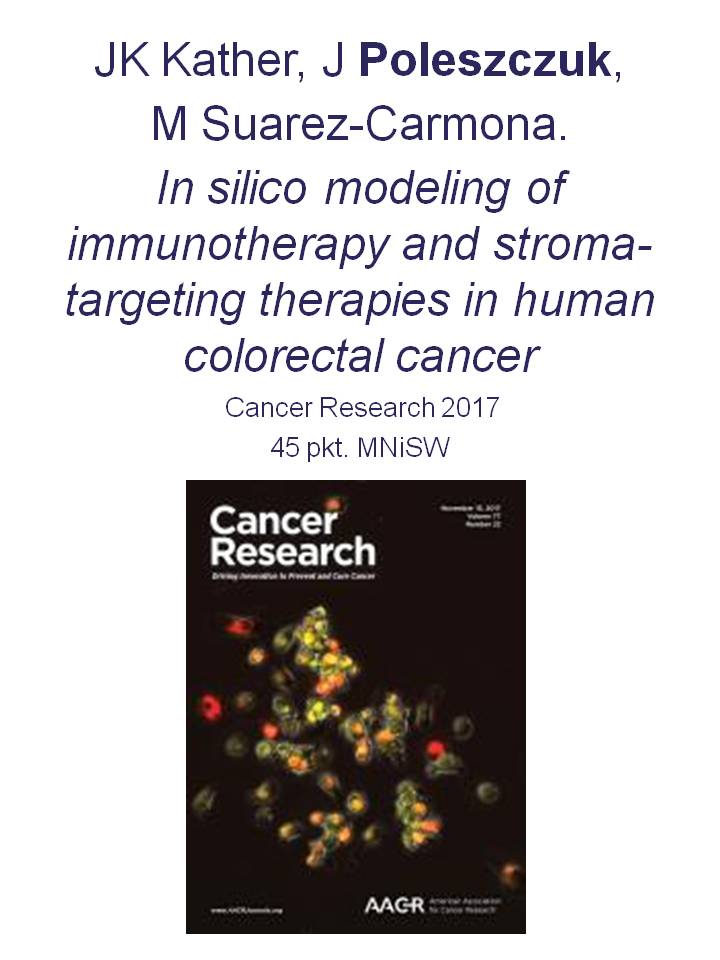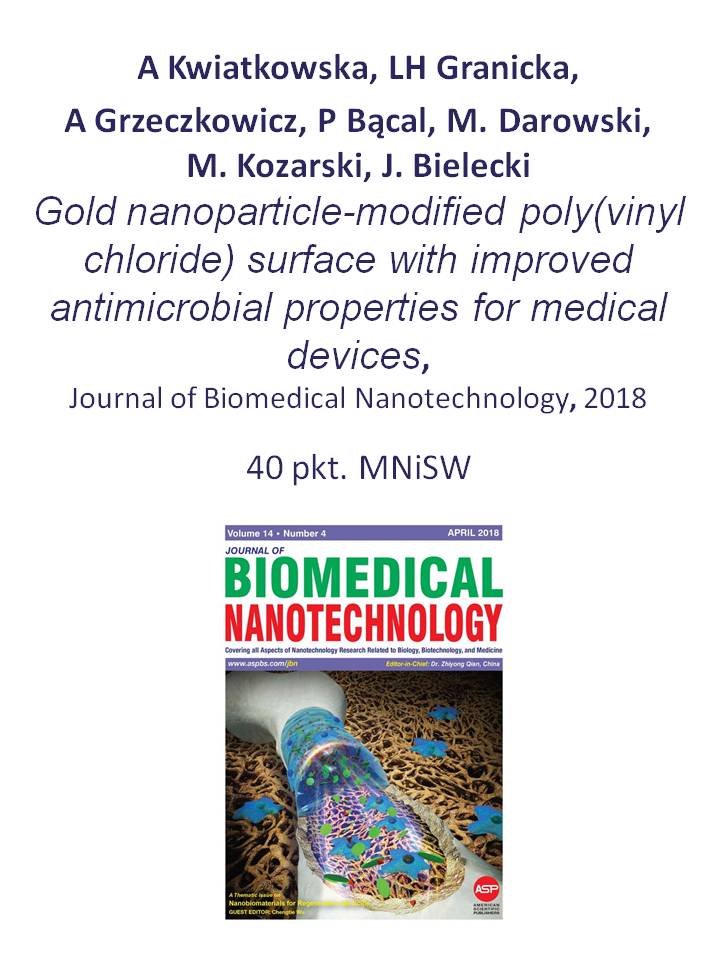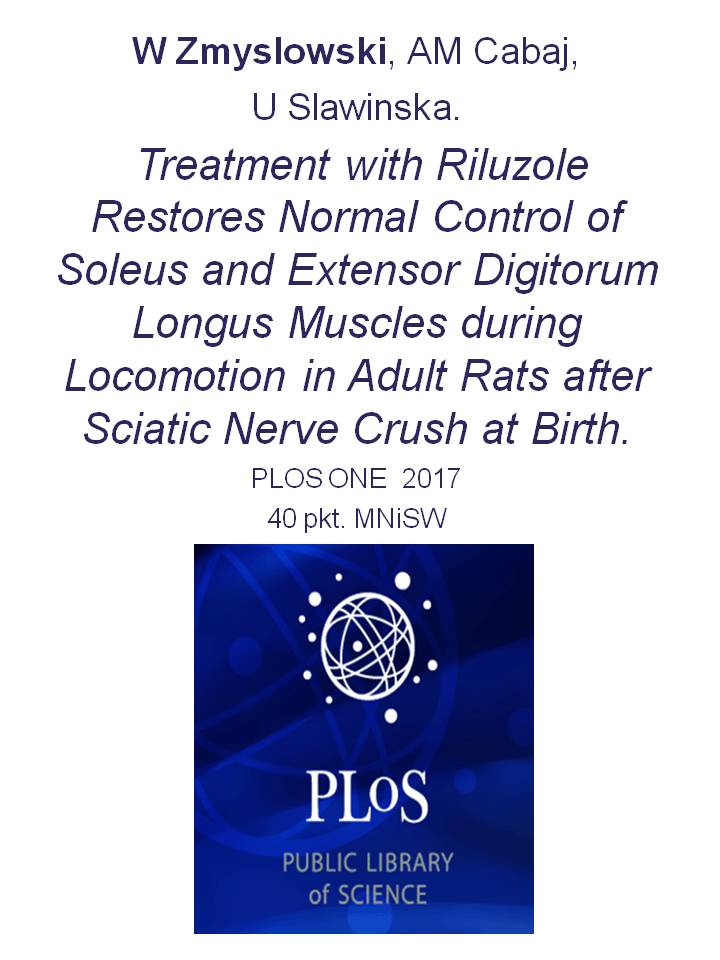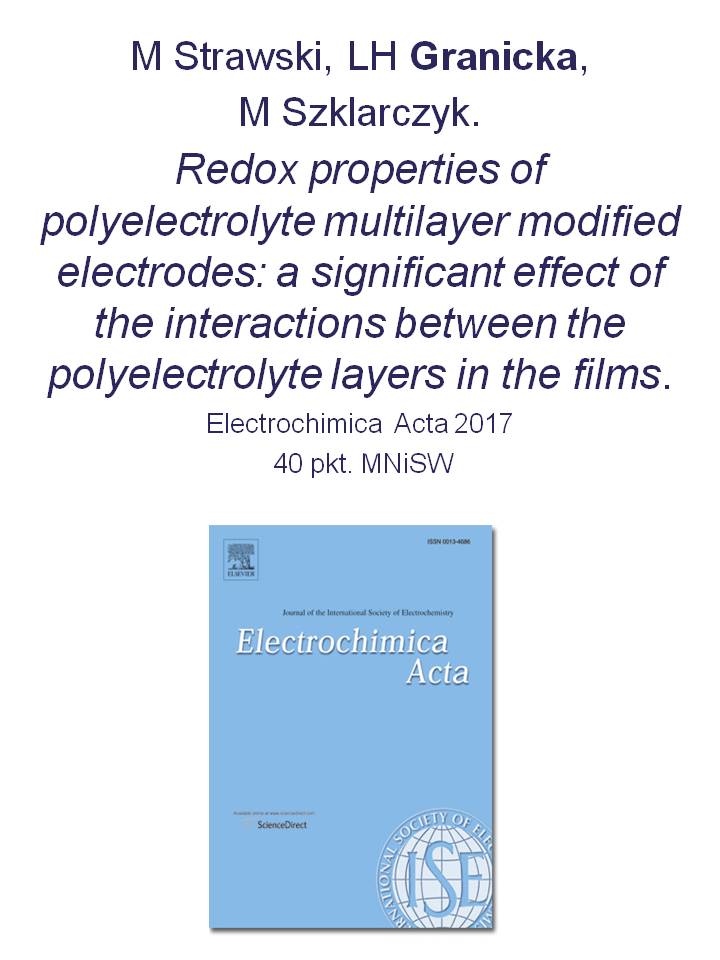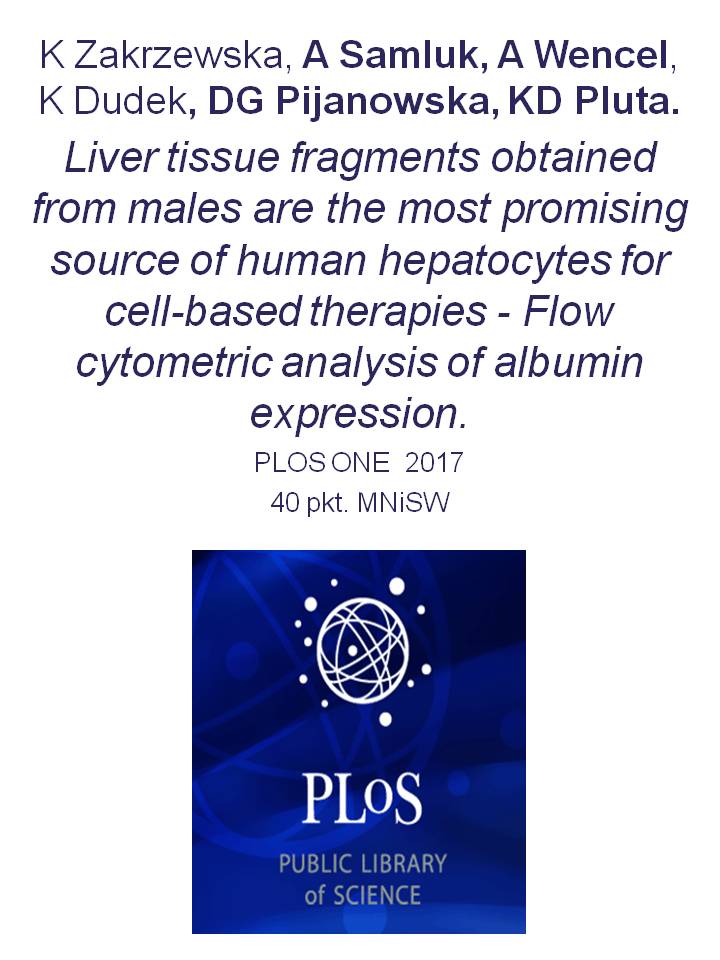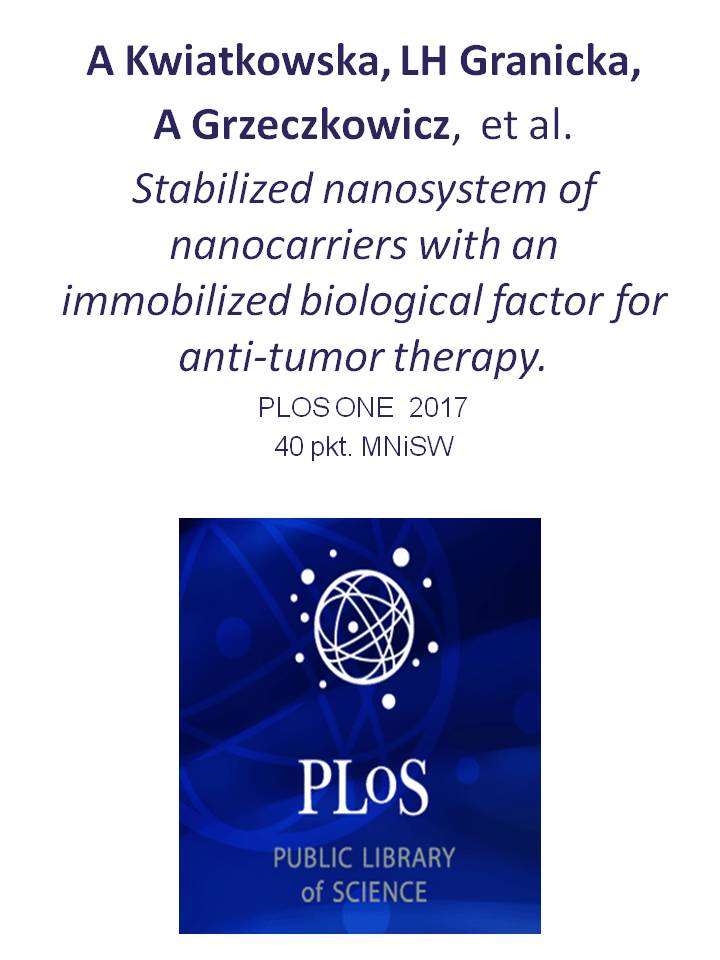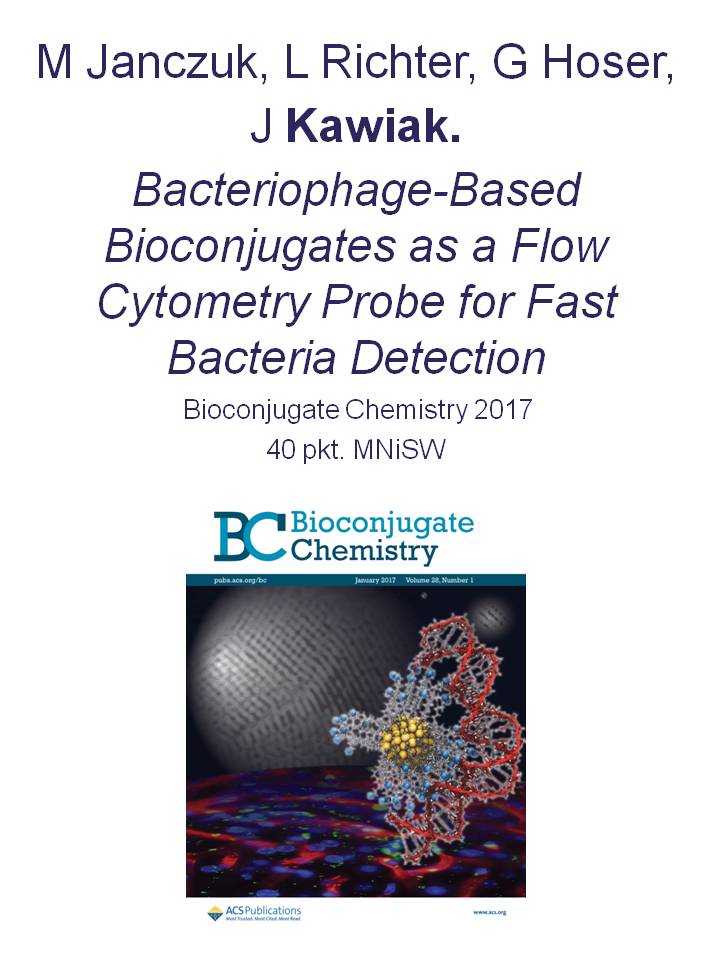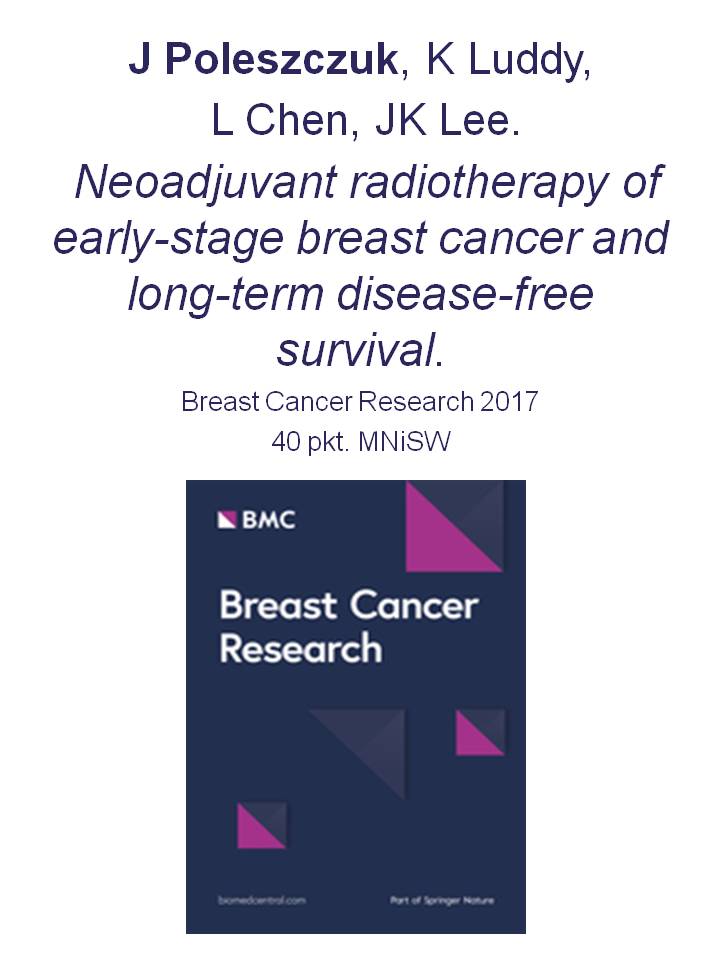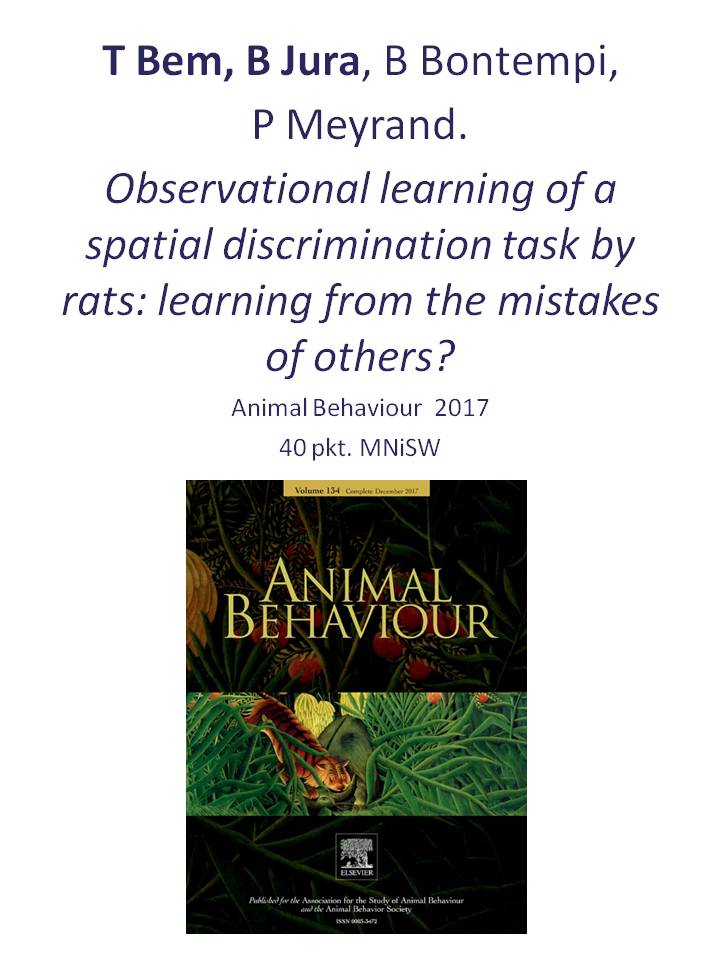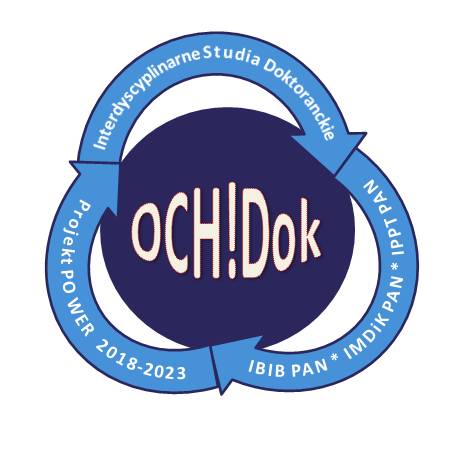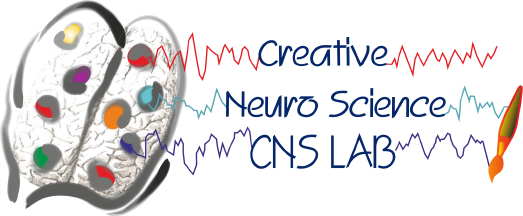The Laboratory of Biomedical Optics conducts research on development of new, unique non-invasive methods for cerebral oxygenation measurements with the use of a near infrared spectroscopy (NIRS), in particular a time-resolved diffuse reflectance measurement technique.
Project Description
The Near infrared spectroscopy (NIRS) technique allows to assess the tissue oxygenation by analysis of attenuation of light penetrating in the tissue at several wavelengths. Utilization of spectral properties of the oxy- and deoxyhemoglobin leads to assessment of changes in the tissue oxygenation. Most advanced approach to NIRS technique – time domain NIRS (TD-NIRS) is based on emission of ultra-short (picosecond) light pulses and evaluation of pulse broadening during its propagation through the investigated tissue. Application of this technique allows for depth-resolved evaluation of changes of oxygenation and perfusion in the tissue.
DCS is based on similar physical principles as NIRS and advantages such as noninvasiveness due to its ability to penetrate tissues by low power light but it provides a direct measure of so-called blood flow index (BFI). In practice, the intensity autocorrelation function is measured in the distance of about 3 cm from source to detector. Fast decay of the autocorrelation function indicates fast blood flow under the fiberoptic probe, while slow decay reflects slow or impaired blood flow.
In opposite to TD-NIRS, which is already applied for numerous clinical and non-clinical application, time-domain DCS (TD-DCS) is, so far, tested only in laboratories and ways of measurement and algorithms of analysis of the signals are still under development. Nevertheless, the clinical application of this method leads to important information about brain cortex perfusion separated from extracerebral contamination. Research in the planned two-year project will concern, among other things, development of measurement methodology and analysis of data obtained with this method and comparison with the reference modality which is ASL-MRI (magnetic MRI technique). The main scientific hypothesis for the proposed project are:
The candidate should meet the following requirements:
Education:
Master of Science in biomedical engineering, physics, or other exact science.
PhD student status at a registered doctoral school (UW, PW, PAN etc)
Scientific / professional achievements:
Significant research achievements in the field of biomedical engineering confirmed by a minimum of one publication.
Experience:
Good laboratory skills: measurement systems based on the technique of near infrared spectroscopy (laser light sources, photodetectors, etc.), extensive knowledge in the field of optoelectronics. Good understanding of optical/photonic principles.
Experience in designing, implementing and operating NIRS systems and measurement solutions.
Data analysis and related scientific programming skills (C++, MatLab, LabView etc.).
Additional requirements:
Fluent English enabling writing publications and communication with foreign partners.
Innovativeness, independence and good self-organization.
Candidates are asked to submit the following documents:
CV, cover letter, copies of diplomas and other documents confirming your qualifications.
List of scientific, didactic, implementation and organizational achievements, including:
list of publications (books, articles in journals, papers published in the materials of scientific conferences) as well as patents, patent applications and research studies used in clinical practice,
copies of publications of own research in indexed journals,
list of completed research projects, including the sources of financing and the financial dimensions (e.g. research projects of the Ministry of Science and Higher Education, projects in EU Programs, work commissioned by economic entities),
list of projects carried out in scientific cooperation with foreign countries,
list of national and international scientific societies and committees of which the candidate was or is a member, the candidate's declaration that in the case of winning the competition, IBIB PAN will be their primary workplace.
Please add the candidate's declaration of consent to the processing of personal data for the purposes of this competition in the form of the following entry: "I consent to the processing of my personal data contained in my job offer for the purposes of the recruitment process" (in accordance with the Act of 29 August 1997 on the protection of personal data, Journal of Laws No. 133, item 883 as amended).
The above documents may be submitted in a digital version by e-mail to the address This email address is being protected from spambots. You need JavaScript enabled to view it. or in a paper version to the Human Resources Department of the Nalecz Institute of Biocybernetics and Biomedical Engineering PAS; Księcia Trojdena Street, 4 in Warsaw.
Candidates may be asked to give a talk on their research and to have an interview with the Competition Committee.
The competition will be adjudicated no later than 4 March 2021. Candidates whose offers are not accepted will receive their documents back.


